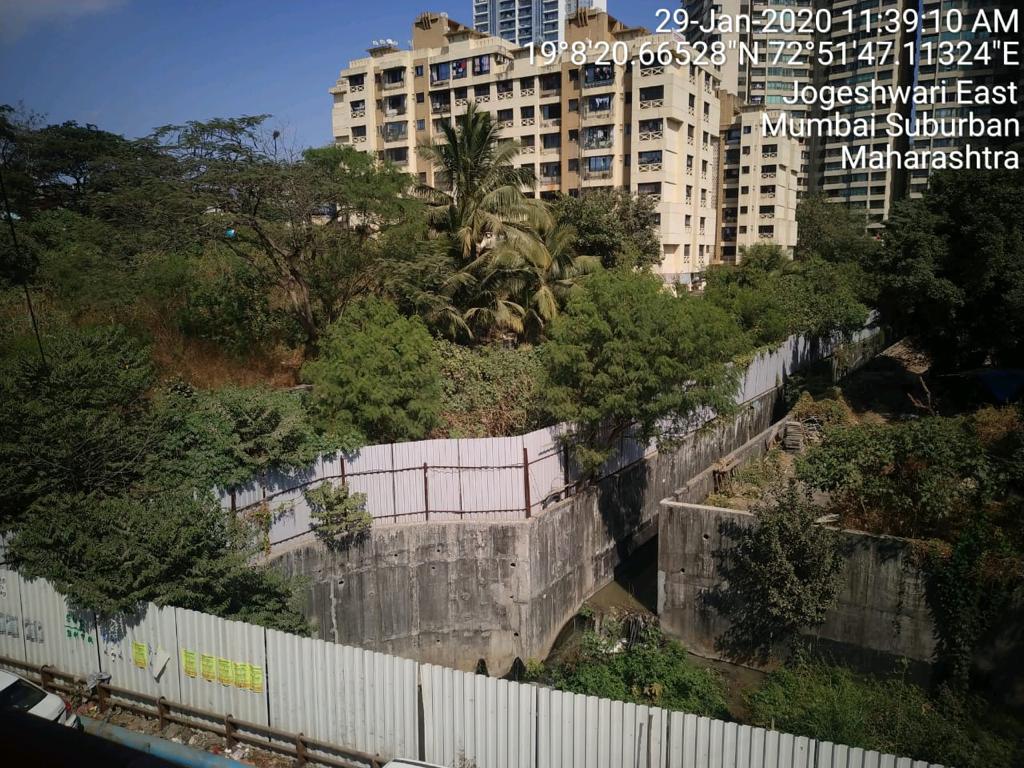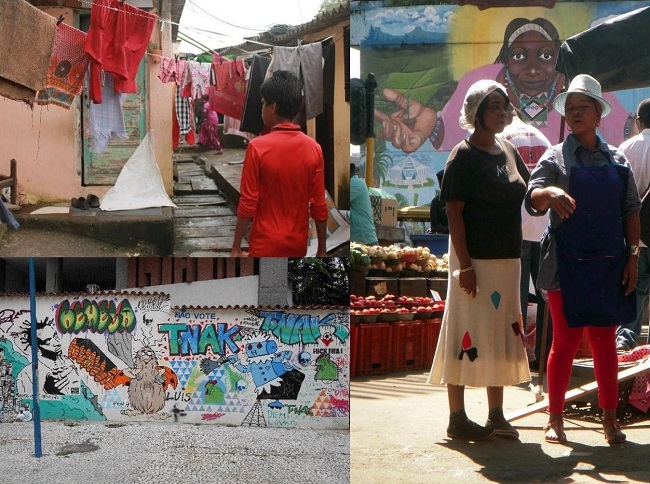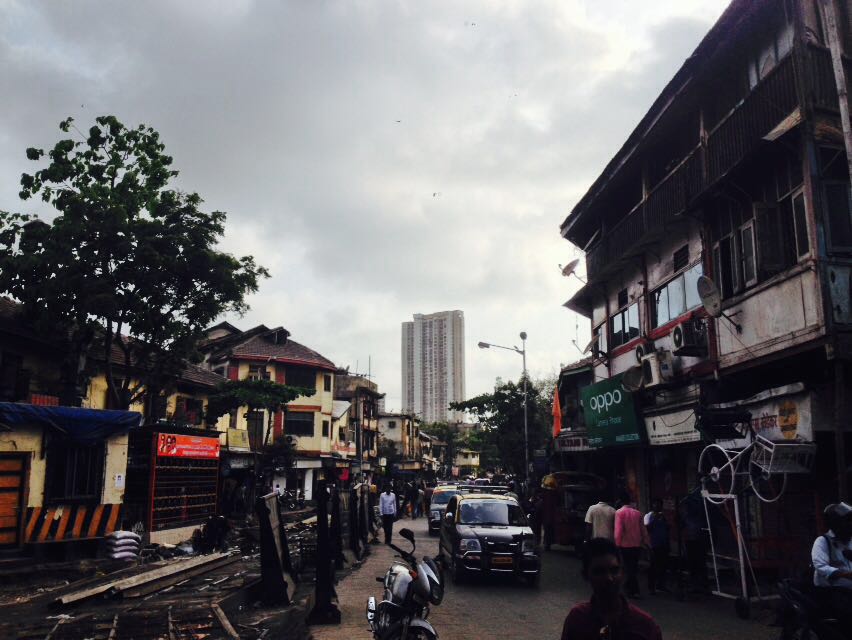Durban: Between Apartheid and Neoliberalism, and its Discontents
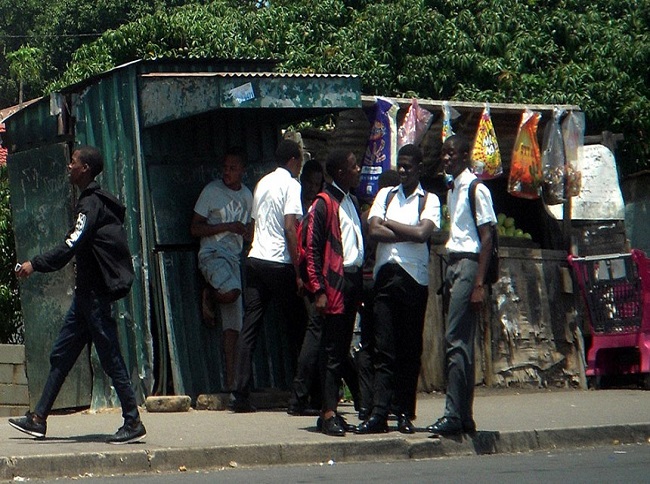
People, Places & Infrastructure: Countering Urban Violence and Promoting Social Justice in Mumbai, Durban & Rio De Janeiro
Research Institute: University of KwaZulu-Natal, Durban
Durban speaks of a long history of contestations over the right to live and work in the city. It was first colonised by the British in 1844 who annexed it as a colony from the indigenous Zulu population. Durban served as a point of contact for extensive hinterland trade through its port. In 1948, the city took a new spatial form when the Afrikaner National party ascended to power. Since the dawn of democracy in 1994, policy makers, researchers and urban planners were caught in the political wave to desegregate urban spaces to make the city more inclusive, sustainable and equitable. However, this political mandate for social change was dealt a major blow when the Government of National Unity in 1996 adopted a neoliberal macro-economic policy that saw the ascendancy of the market and the retreat of the state. Hence, as seen in most South African cities including Durban, the social, welfare and basic needs of the poor and disadvantaged were sacrificed, and anticipated trickledown benefits evaporated. The post-apartheid era also heralded the phase of reconstruction, development and planning, a strategy to address the socio-spatial injustice and inequalities associated with the apartheid.
A city profile, prepared during the first phase of the project, traced the socio-spatial transformations in Durban over two decades by focusing on the post-apartheid era that brought about the advent of neoliberalism. More particularly, it studied the playing out of spatial (in)justice and the place of violence within the processes of socio-spatial transformations, redevelopment and urban renewal projects engineered by an alliance of state and market forces.
CITY PROFILE
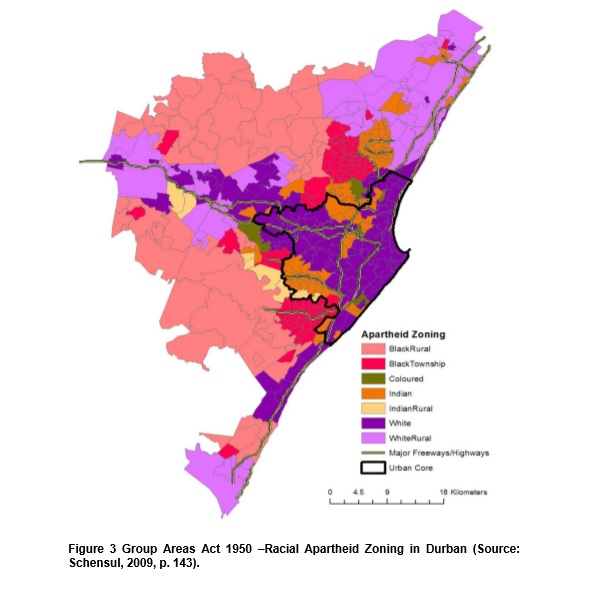
Durban: Between Apartheid and Neoliberalism, and its Discontents
By Brij Maharaj and Sultan Khan, University of KwaZulu-Natal, Durban; Ashwin Desai, University of Johannesburg
The city profile traces the socio-spatial transformations in the South African city over the last 20 years — from the post-apartheid era to the city’s recent turn towards megaprojects such as convention centres, marine parks, sport stadiums, and new port developments that have displaced and severely affected the livelihoods of those living on the margins and as a result intensified violence and ethnic conflict.
In the second phase of the project, selected case studies from Durban set out to chart the plight of the city’s poor and marginalized amidst the state’s purported goals of democratization, deracialization, desegregation and integration.
CASE STUDIES

Durban’s Port-Petrochemical Complex as a Site of Economic and Environmental Violence
By Patrick Bond, University of KwaZulu-Natal, Durban and University of the Witwatersrand School of Governance, Johannesburg
South Africa’s biggest single location-specific investment project is the proposed eight-fold expansion of South Durban’s port-petrochemical complex (already Africa’s largest) over the next three decades. The $25 billion cost could be dwarfed by typical 50-300 percent price escalations. In addition to the ‘economic violence’ represented by displacement and the opportunity cost of the investment, there is already extreme, racially-discriminatory environmental violence by BP, Shell and other oil refineries. However, local residents’ organisations in the South Durban Community Environmental Alliance (SDCEA) offer critiques of irrational economics, flawed participation, destruction of small-scale farming and the estuarine bay, and climate-change causes and effects.
SHORT FILM: Goldman Environmental Prize winner Desmond D’Sa and other community residents and experts show how displacement, deindustrialisation, the BRICS, shipping and trucking, climate and pollution, corruption and resistance come together in a $25 billion mega-project disaster.
Social Cohesion, Inclusivity and Livelihood in the Resettled Community of Mt Moriah, Durban
By Sultan Khan, University of KwaZulu-Natal, Durban
The provision of liveable and sustainable low income housing in South Africa is a highly contested social issue which has filtered into the new democracy posing major challenges for policy makers, development practitioners and agents. This case study aims to ascertain whether a low income housing project in the area of Mt Moriah has achieved its stated goal of creating a sustainable human settlement. It hopes to ascertain as to whether the previously homeless and marginalized citizens have been engaged in determining the nature and form of human settlement and the extent to which they enjoy a sense of inclusivity that can sustain their livelihoods in this newly created formal residential area.
Mount Moriah Case Study Final Sultan Khan
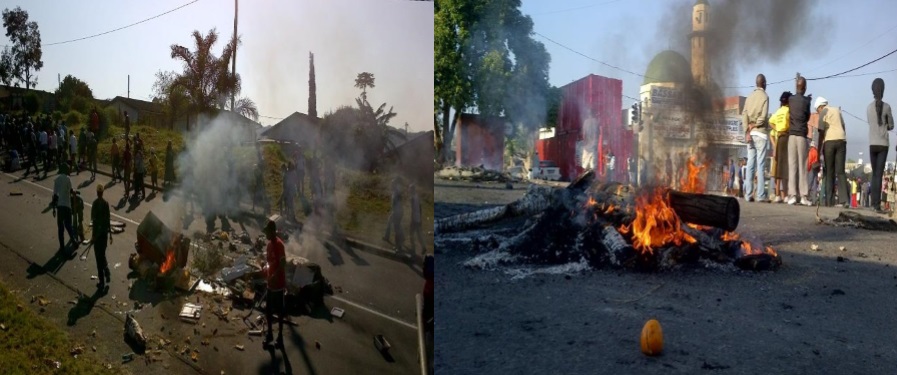
Poverty, Inequality and Violence: A Case Study of Cato Manor
By Rachel Gray and Brij Maharaj, University of KwaZulu-Natal, Durban
In Durban, Cato Manor is an area where violence has been commonplace over the past 70 years and the right to live and work has been violently contested. This paper examines how apartheid legislation and history has shaped poverty and inequality; assesses the impact of post-apartheid reconstruction and development strategies; and identifies the different forms of violence experienced, such as crime, gender-based violence and service delivery protests. In recent years forced evictions, housing shortages, conflicts over land, municipal corruption, police brutality, poor service delivery, repression, xenophobia, poverty and inequality have sparked many acts of violence. Structural violence is also considered as Cato Manor is a low income area where poverty and inequality are rife and many people are unable to meet their basic needs.
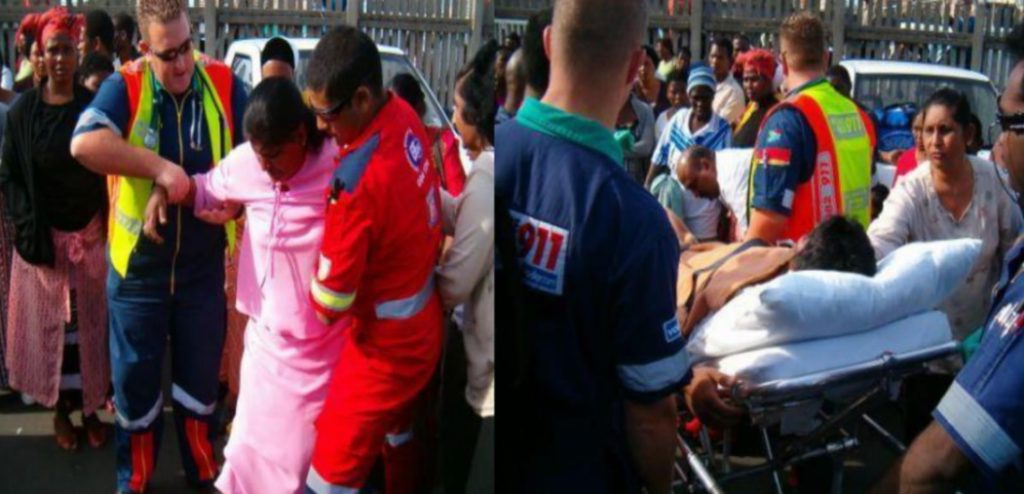
Contesting Post-apartheid Urban Displacement: The Struggle for the Warwick Market in Durban, South Africa
By Brij Maharaj, University of KwaZulu-Natal, Durban
In the urban literature on South Africa, considerable attention has focused on forced displacement, relocation and the destruction of integrated communities under apartheid. However, the Warwick Avenue Triangle (WAT), an inner city community, and one of the oldest mixed residential areas in Durban, defied the apartheid state’s strategies to destroy it. It would appear that in the post-apartheid era, the Durban Metro was attempting to succeed where apartheid failed. The public outcry against the Durban Metro’s plans to destroy the historic Early Morning Market (EMM) in the Warwick Avenue area and replace it with a mall, displace poor traders and deny them their livelihoods reveal significant continuities between the apartheid and democratic eras.
POLICY BRIEF
Countering Urban Violence and Promoting Justice: The Durban Experience
In Durban, the impact of neoliberal economic approaches and the violence associated with such market-orientated strategies cannot be assessed without considering the relationship between human rights violations, vulnerabilities and large scale urban developments. The above case studies highlight how neoliberal machineries of development perpetuate poverty and breed a culture of violence against vulnerable populations. Whatever the form of violence, there is an inextricable link between the lack of resources and services. This policy brief highlights the urgent need to address the vulnerable population’s access to health care services, the ‘liveability’ of their residential environments, their quality of life and their accessibility to power, capital and political representation.
2014 Goldman Environmental Prize winner Desmond D’Sa and other community residents and experts explore overlapping crises in South Durban




